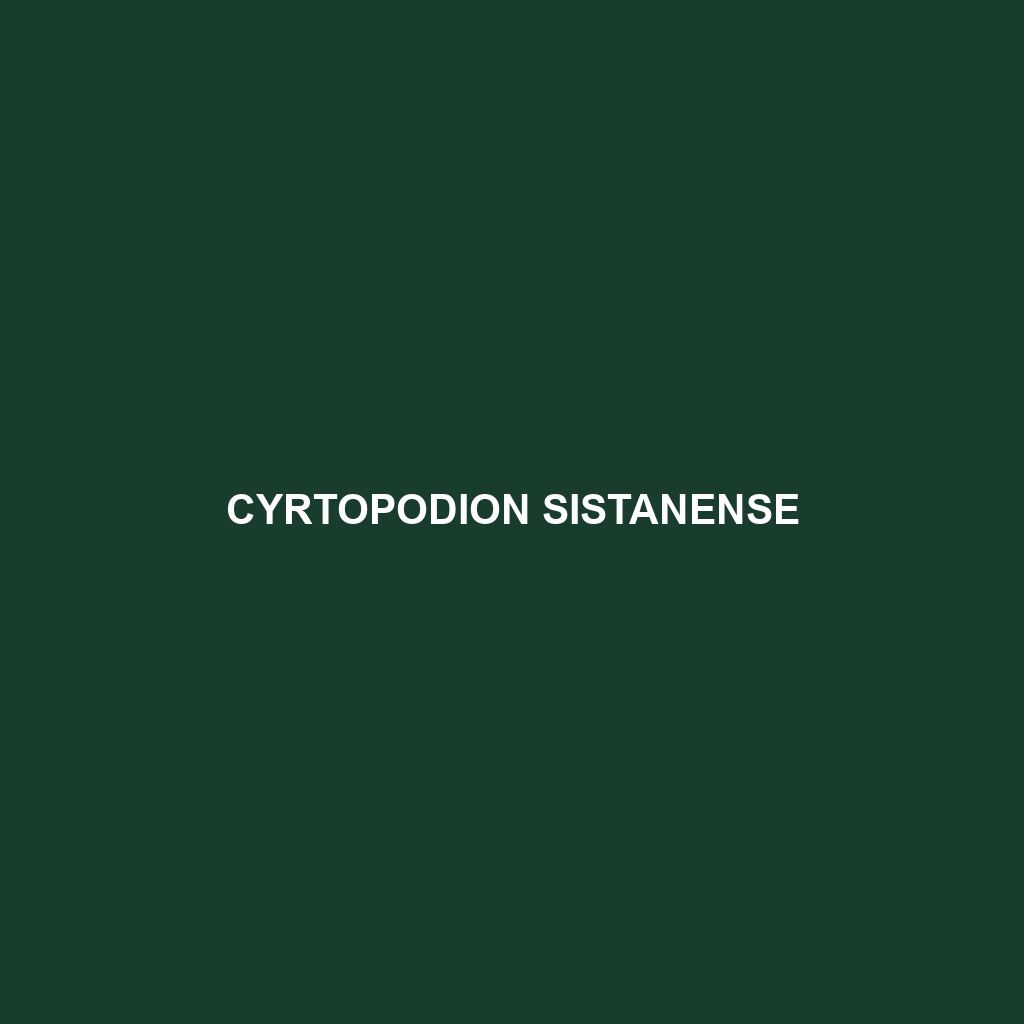Cyrtopodion sistanense: An Overview
Common Name: Cyrtopodion sistanense
Scientific Name: Cyrtopodion sistanense
Habitat
Cyrtopodion sistanense is primarily found in the arid and semi-arid regions of southeastern Iran, particularly in the Sistan Basin. This gecko prefers habitats that include rocky outcrops, sandy dunes, and areas with sparse vegetation. The climate in these regions is characterized by hot summers and mild winters, making it an adaptable species in such challenging environments.
Physical Characteristics
This species is relatively small, typically measuring around 10 to 15 cm in length. Its body is slender with a distinctively elongated tail, which it may shed to evade predators. Cyrtopodion sistanense exhibits a light brown to sandy coloration, allowing it to blend seamlessly into its desert surroundings. Notable features include its large eyes, adapted for nocturnal activity, and specialized toe pads that aid in climbing on rocky surfaces.
Behavior
Cyrtopodion sistanense is predominantly nocturnal, emerging in the evening to hunt for food and avoid the daytime heat. It is known for its swift movements and ability to camouflage against the sandy and rocky terrain. Males are often observed engaging in territorial displays, including vocalizations and visual signals, particularly during the breeding season.
Diet
The diet of Cyrtopodion sistanense primarily consists of insects, such as crickets, beetles, and moths. They are opportunistic feeders and will also consume small invertebrates when available. This gecko employs active foraging strategies, using their acute vision to spot prey during the night.
Reproduction
Cyrtopodion sistanense breeds during the warmer months, typically from late spring to early summer. Females are known to lay clutches of 1 to 3 eggs, which are deposited in sandy substrates or hidden amongst rocks to protect them from predators. Hatchlings emerge after a few weeks, usually resembling miniature adults.
Conservation Status
As of the latest assessments, Cyrtopodion sistanense is classified as vulnerable due to habitat loss and fragmentation resulting from human activities such as urban development and agriculture. Continuous monitoring is essential to ensure the preservation of this unique species.
Interesting Facts
Cyrtopodion sistanense displays remarkable adaptations, including the ability to alter its color slightly to blend in with its environment, a behavior that aids in both hunting and predator avoidance. Additionally, it is known for its exceptional climbing skills, often taking refuge in rocky crevices.
Role in Ecosystem
Cyrtopodion sistanense plays an important role in its ecosystem as a predator of insects, helping to control insect populations. Its presence also serves as a food source for larger predators, contributing to the biodiversity and food web stability in the arid landscapes of southeastern Iran.
